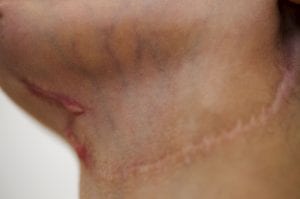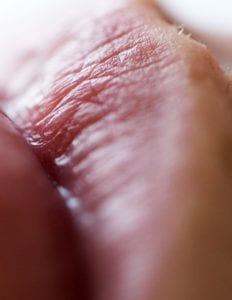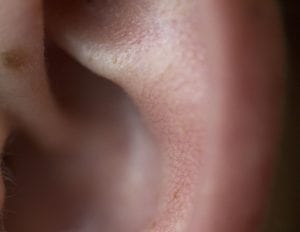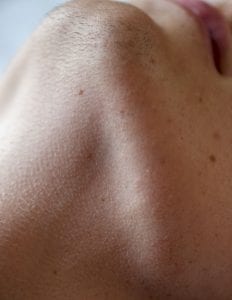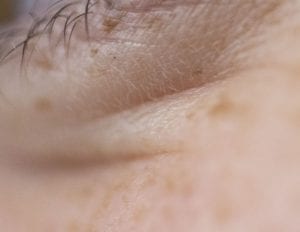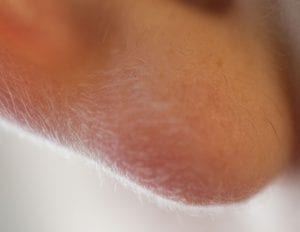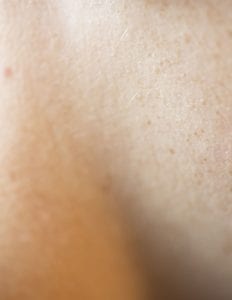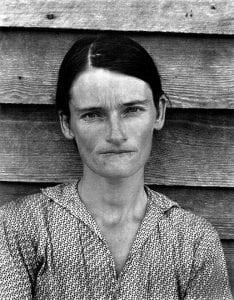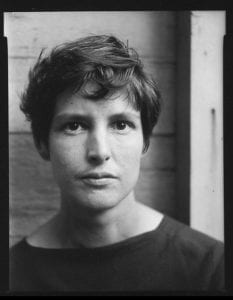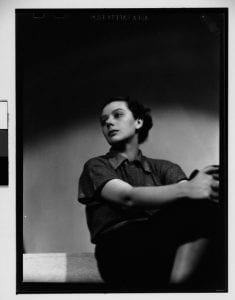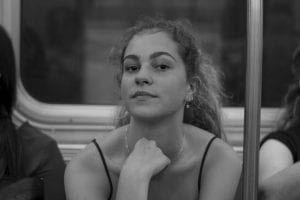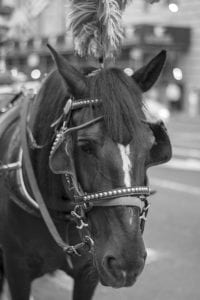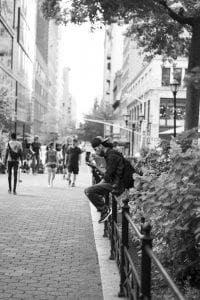A letter to my scars:
You are no secret, and you are out in the open for all to see. As a teenager, it has been a long and tiring journey learning to love and accept you for all you are. Now, being almost two years since I have known you, I have come to be proud of these you for you have become a part of who I am. Without your presence, I would be a very different person. You are representative of what I have gone through and who I have flourished into because of you. So thank you, scars, for I have found serendipity in the havoc you brought have me.


